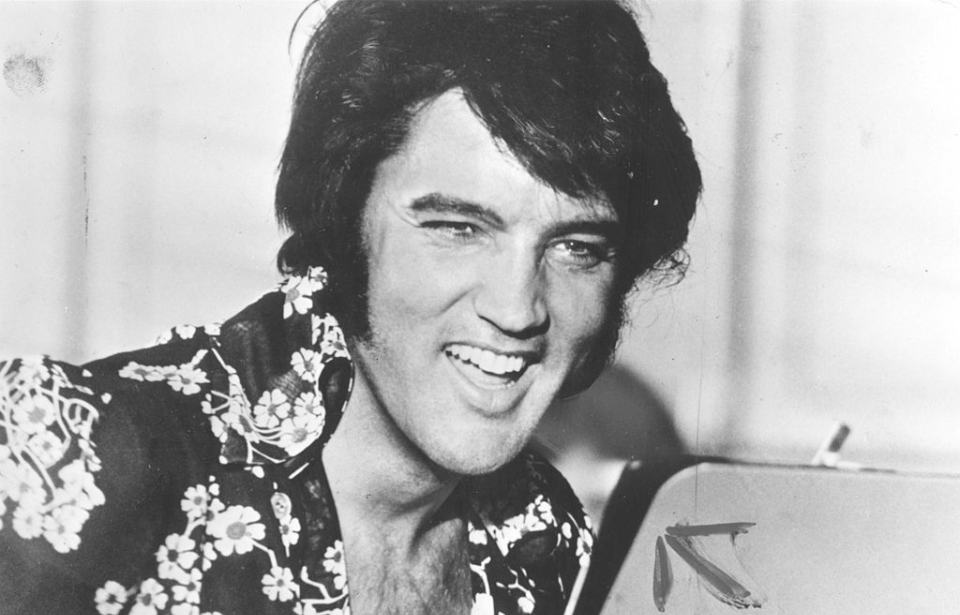The life of the King of Rock and Roll was as up and down as his dance moves. Elvis Presley came from humble roots but transformed into an overnight sensation who became one of the most celebrated musicians of all time. A whole new side of Elvis was seen on the silver screen with the release of the biopic starring Austin Butler as the King like we’ve never seen him before.
Here are some amazing facts about “Elvis the Pelvis” that may surprise you!
Born as a twin
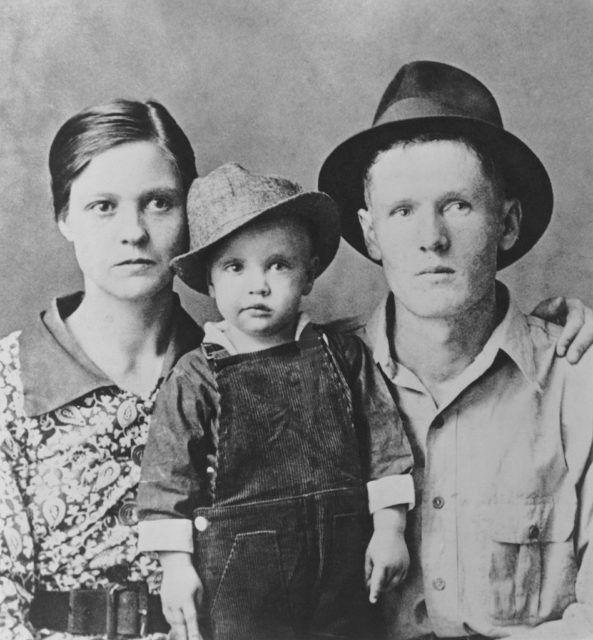
Elvis Aron Presley was born to Vernon and Gladys Presley on January 8, 1935 in Tupelo, Mississippi. Presley was actually born 35 minutes after his twin brother Jesse Garon, who was stillborn. He grew up moving often with his parents, who had little money but lots of love to spare. Presley was raised in a Christian family and attended church every Sunday. This first sparked his love of music, especially gospels, which would influence his style later in his career.
His mother gifted Elvis his first guitar on his 11th birthday. After graduating high school in 1953, he worked odd jobs while pursuing his dream of being a performer. He was signed to a record label that year and released his first single, “That’s All Right,” in 1954.
Graceland was his first big-ticket purchase
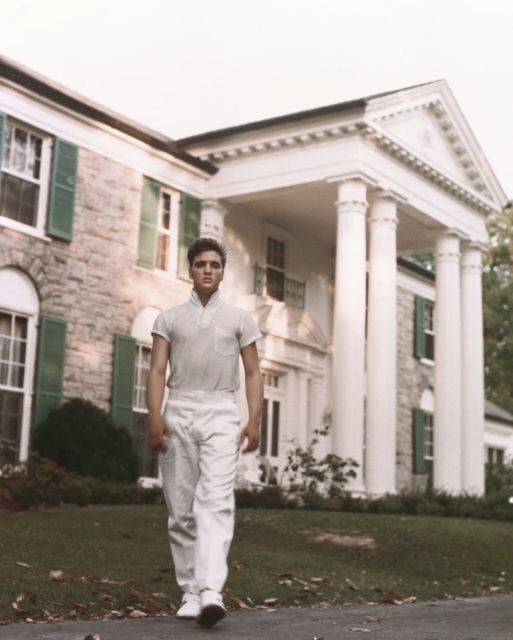
By 1955, Elvis’ unique musical style and seductive dance moves began to turn heads. His manager, Colonel Tom Parker, got him signed with RCA Records and worked on producing his first No. 1 hit song, “Heartbreak Hotel,” from his first album Elvis Presley in 1956. No one gets to be the King of Rock and Roll unless they are extremely talented – and Elvis was what people in show biz call a “Triple Threat.”
He could sing, dance, and act – which helped expand his career into movies as well as music. The same year “Heartbreak Hotel” made it big, Presley signed a movie contract with Paramount Pictures which would later turn into a whopping 30 films starring the rock and roll legend.
Once the money began rolling in, Elvis saved and saved so he could afford his own country refuge away from the crazed fans. The 22-year-old musician purchased his iconic home Graceland for $100,000 in 1959. Graceland remained The King’s “castle” for the rest of his life, and eventually became his final resting place.
His manager was a carney
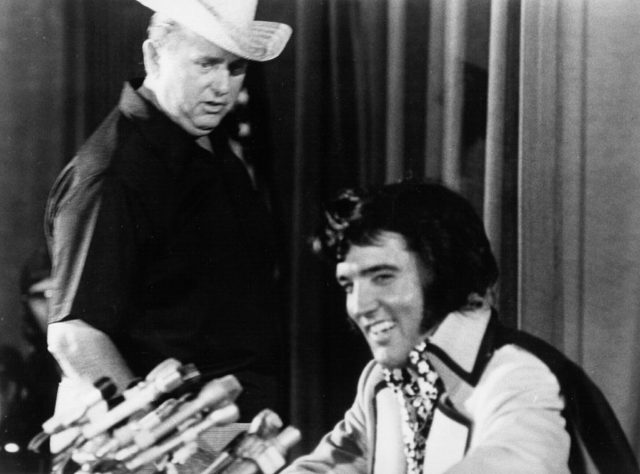
As his client’s popularity grew, manager Colonel Tom Parker began to pique the interest of those wondering who was the man behind Elvis’ incredible career. “The Colonel” had an unconventional start in the industry, beginning with working at carnivals as an elephant keeper and managing a palm-reading booth before establishing his music-promoting career in the early ’50s.
But the Colonel wasn’t a colonel at all – in fact, he wasn’t even an American citizen! Although he served in the US military as a private, Parker never held a United States passport, let alone a legitimate birth certificate. He was dishonorably discharged for desertion in 1932, then managed to escape the draft during World War II by gorging himself on food until he weighed over the dedicated limit of 300 pounds.
Sergeant Presley
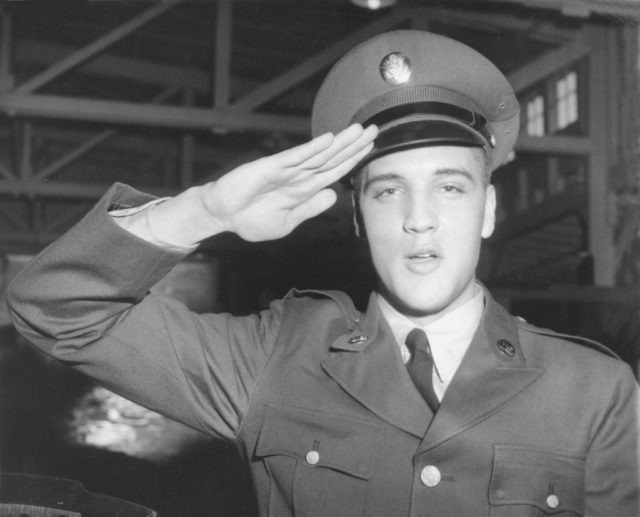
Elvis’ first film, Love Me Tender (1956), was an overnight sensation. But just as his hard work began to pay off, Presley received a draft notice from the US military in 1957. He began basic training with Company A, 2d Medium Tank Battalion, 37th Armor in Texas, and was later stationed in Germany until March 1960. While serving he received the rank of Sargeant.
Even though he was already famous worldwide, Presley refused any special treatment while in the military. The Navy and Air Force offered special conditions if he joined them to help boost enrollment, but the King wouldn’t have it. When he appeared for his first day of service at the Draftee Receiving Depot, his famous long locks were trimmed to regulation length as fans mourned what they believed was the end of Elvis.
His relationship with Priscilla was technically illegal
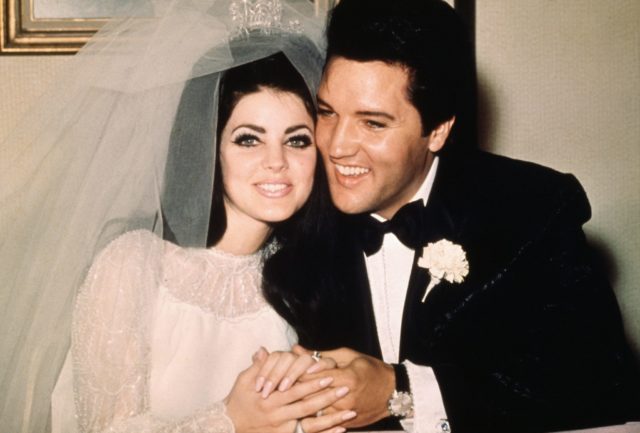
While serving overseas, Elvis met 14-year-old Priscilla Beaulieu at a party. Even though he was ten years her senior, Priscilla reportedly made Elvis flustered. The pair secretly met up several times until Presley returned to Memphis after his duty was over. Priscilla heard rumors of Elvis’ relationship with singer Nancy Sinatra and accepted she would never see him again. Elvis kept in touch over the phone, and eventually arranged to see Priscilla in 1962.
She moved into Graceland the following year at age 17, under the condition that she and Elvis would get married. Things got bumpy when it was revealed Presley was having an affair with actress Ann-Margret while filming Viva Las Vegas in 1964, but ultimately Elvis proposed to Priscilla at Christmastime in 1966. They got married on May 1, 1967, at the Aladdin Hotel in Las Vegas.
While their whirlwind relationship must have seemed romantic, Elvis was technically involved with a minor under the age of 18 which was illegal in both Tennesse and California at the time.
Elvis was a vaccine advocate
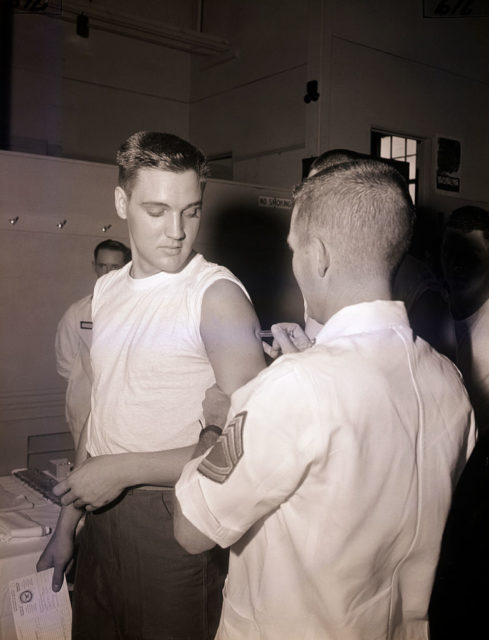
In 1956, the newly-popular Presley was invited to perform on The Ed Sullivan Show. But he wasn’t just there to sing and perform his signature gyrating moves, he also helped to launch a new phase of public health care in the United States. Prior to the show, Elvis stepped out with Sullivan and a health official wearing a beaming smile and a rolled-up sleeve to receive the polio vaccine in front of millions of viewers.
The vaccine was developed in 1955, as a solution to the polio problem that infected 60,000 American children every year. Even though the public had seen the devastating and lifelong effects of polio, most people didn’t rush to get vaccinated – especially young people. In fact, by the time Elvis got the jab on live TV only 0.6 percent of American teens were vaccinated. After Elvis’ Ed Sullivan appearance that number skyrocketed to 80 percent in just six months!
He didn’t write any of his songs
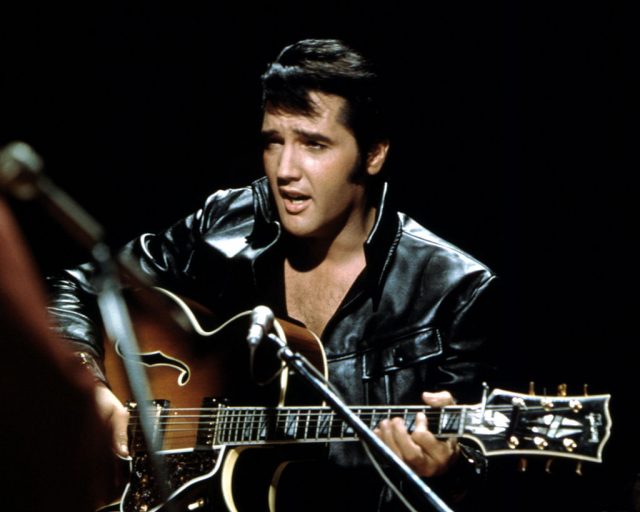
Elvis Presley recorded over 600 songs and filmed 30 movies during his career – and is still the record holder for Most Top 40 hits at 114 total. Most of those songs weren’t written by Presley even though nearly all of the writing credits list him as a co-writer. It is believed that Elvis’ record company demanded songwriters give up 50 percent of their credit before Elvis would record it.
This seems to align with the King’s tendency to “borrow” music from other artists to build his empire, like his famous rendition of “Hound Dog” originated by Black female singer Big Mama Thorton.
That infamous black pompadour isn’t natural
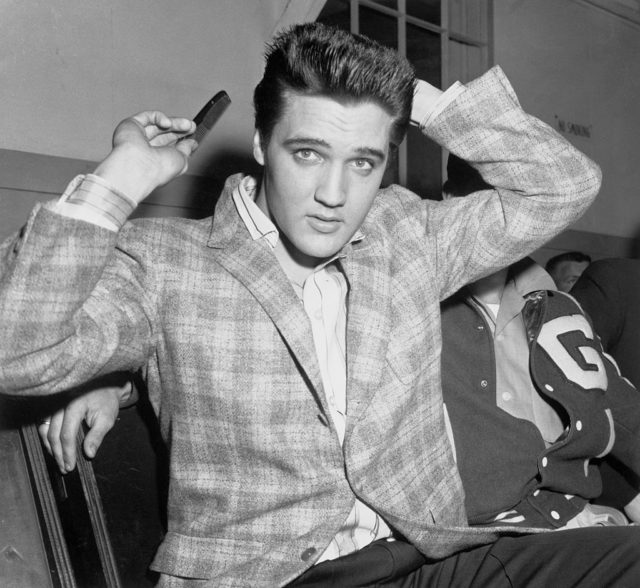
Almost as famous as his “Pelvis” or that bedazzled jumpsuit, the King’s hair was his crowning glory. Elvis’ signature hairstyle was a pitch-black, shiny, and voluminous pompadour that would barely move while he grooved on stage. In reality, Presley’s hair wasn’t even dark! His natural color was blonde, but in the early days of his career, Elvis used shoe polish to get the desired darkness and sheen he wanted in his locks.
Elvis never performed outside of North America
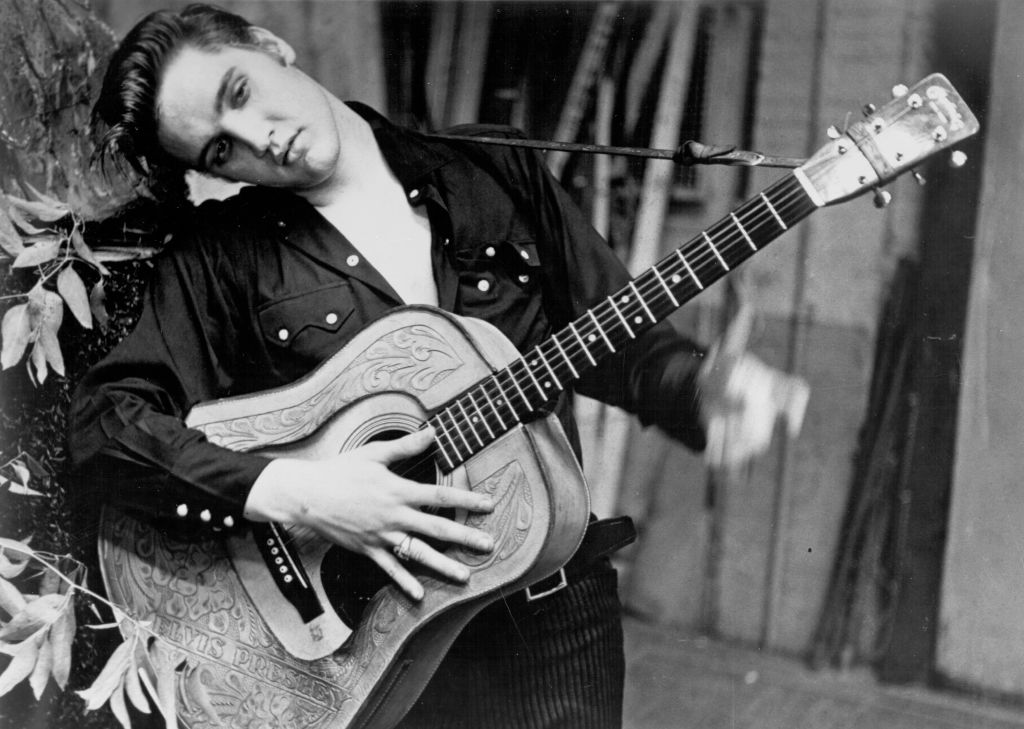
Even though Elvis had fans all around the world, he never performed outside North America during his decades-long career. This was likely due to his manager Colonel Tom Parker, who was an immigrant without US citizenship – making it tricky to safely leave on tour with his client. Elvis had hoped to tour in the UK, Europe, and Australia just as other popular artists like The Beatles did in the ’60s. In 24 years of music, Elvis only ever performed in one “foreign” country: three shows in Canada’s major cities of Toronto, Ottawa, and Vancouver.
His oldest autograph was found in a library book
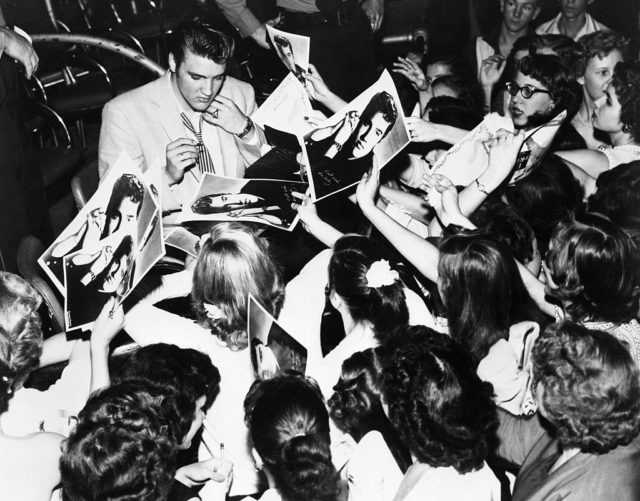
In 2012, a local Memphis library was discarding old books from their collection when one entitled Courageous Heart: A Life of Andrew Jackson for Young Readers caught the librarian’s attention. When she opened the front cover, she discovered a signature from none other than the King himself – Elvis Presley had signed the book’s library card when he was just 13 years old! In early 2022, the library card sold at auction for $12,000 dollars.
King of Karate?
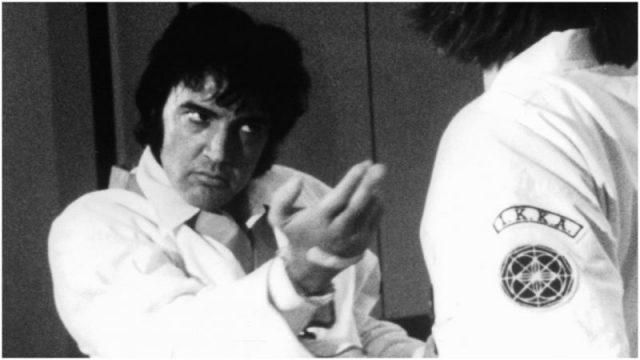
Elvis was talented at a lot of things, but many fans don’t know he had a secret love of Karate. Presley was first introduced to martial arts when he was stationed in Germany in 1958. When he returned to Memphis he earned a first-degree black belt under Chito-Ryu stylist Hank Slemansky. He continued his training under Master Kang Rhee, who bestowed upon him a seventh-degree and eighth-degree black belt in the early ’70s.
He kept his pantry stocked with weird food
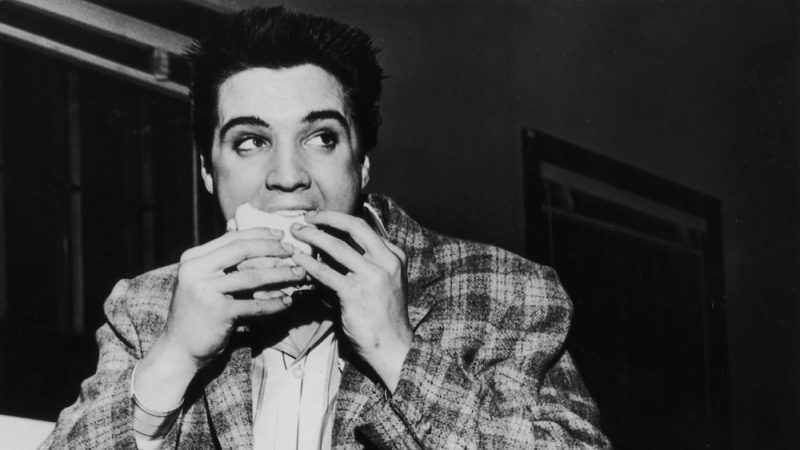
Elvis was known for his eccentric eating habits, most notably the iconic “Fool’s Gold Loaf” sandwich stuffed with a pound of peanut butter, a pound of jelly, and a pound of bacon. The King also ensured his kitchen was always stocked with $500 worth of “essentials” each week, including one case of Pepsi, one case of orange drink, six cans of biscuits, cans of sauerkraut, “wieners,” banana pudding (cooked fresh nightly), meatloaf, brownies, ice cream, shredded coconut, fudge cookies, and gum.
That famous jumpsuit weighed 75 pounds!
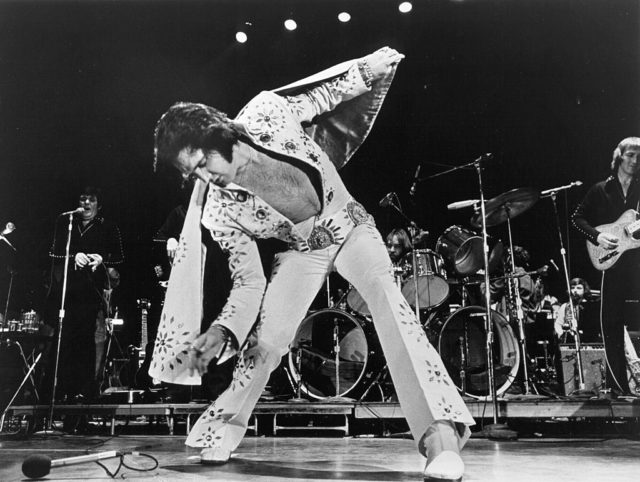
Odds are that when you incision Elvis, you probably see him wearing the infamous bedazzled jumpsuits made famous in the 1970s. The suits originally weighed around 30 pounds, but as each outfit became more ornate – and as Elvis’ figure expanded – so too did the weight of each costume.
His iconic “American Eagle” jumpsuit weighed 75 pounds and cost $65,000 to create at the time!
The King traded his crown for a badge
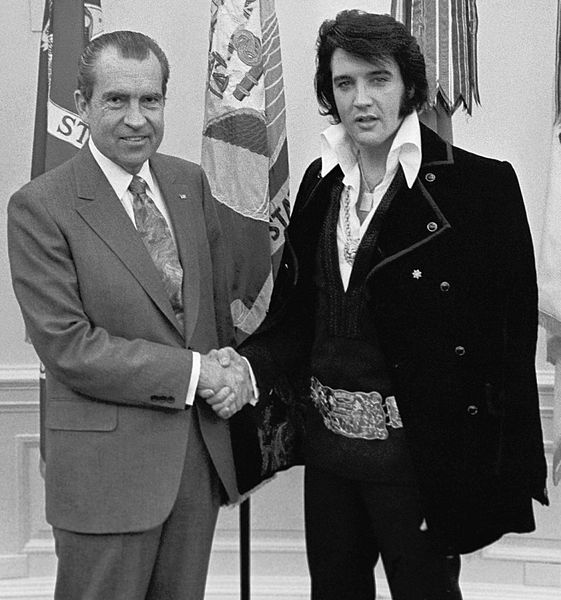
It seems like the King of Rock and Roll was also hoping to take on a new career as a police officer! Presley was known to dress up as a cop and pull people over as a prank, but he also loved to collect police badges. Presley showed up at the White House to meet President Richard Nixon on December 21, 1970, decked out in a purple velvet suit complete with a belt and a .45 Colt pistol.
He presented the president with a note he had penned on the way to the White House which read: “I have done an in-depth study of drug abuse and Communist brainwashing techniques and I am right in the middle of the whole thing where I can and will do the most good.”
He then asked the president if he could name him a “Federal Agent at Large” and give him a Bureau of Narcotics and Dangerous Drugs badge. Nixon did give Elvis an honorary badge, but many people in his inner circle claimed Presley believed it was the real thing.
But he was an addict himself
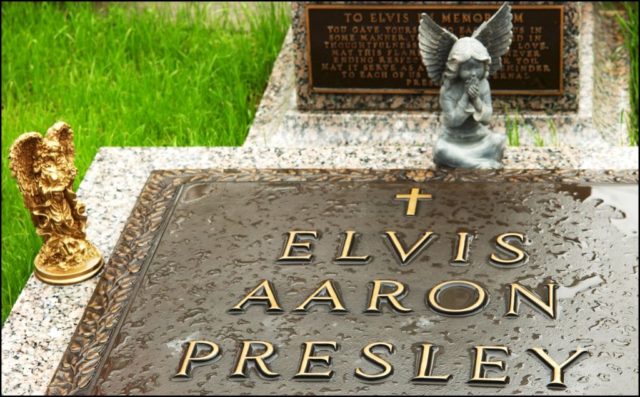
The real irony of Presley’s “honorary” narcotics badge was that he has already fallen into a dangerous level of addiction to opioids. His addiction progressed into antihistamines, tranquilizers like Valium, barbiturates, Quaaludes, and sleeping pills. Abusing pain killers to that level eventually causes extreme constipation, so Elvis was also regularly put on laxatives. But the cycle of abuse kept getting worse, compounded by terrible eating habits and an unstable mood.
Presley’s physician of ten years, Dr. George Nichopoulos, began treating him for some mild pain and happily prescribed the King various cocktails of addictive pills, essentially setting Elvis up for addiction the whole time.
The end of his life was anything but glamourous
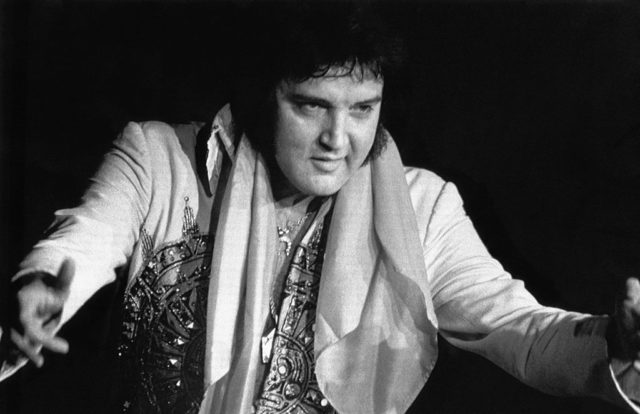
By the last five years of his life, Presley barely resembled the handsome young man fans adoringly referred to as “Elvis the Pelvis.” Presley weighed over 350 pounds before his death, due to a dependence on painkillers and an even more deadly addiction to food. He would typically eat 12,000 calories each day gorging on his favorite foods like fried peanut butter and banana sandwiches.
A typical mid-morning snack was four scoops of ice cream with six chocolate chip cookies. He also loved to eat his mother’s coconut cake which was made fresh each night. Many of Elvis’ caretakers tried to lower his weight, including the dangerous “sleeping beauty diet” which essentially used enough sedatives to keep the patient asleep and therefore unable to eat. The last thing his beloved cook Mary Jenkins made for him was a cheeseburger.
On August 16, 1977, 42-year-old Elvis Presley was found dead on his bathroom floor. An autopsy later revealed that Elvis hadn’t had a bowel movement in close to three months, and it was likely that straining on the toilet caused enough stress on his heart to trigger a fatal heart attack.
Did he make it to heaven?
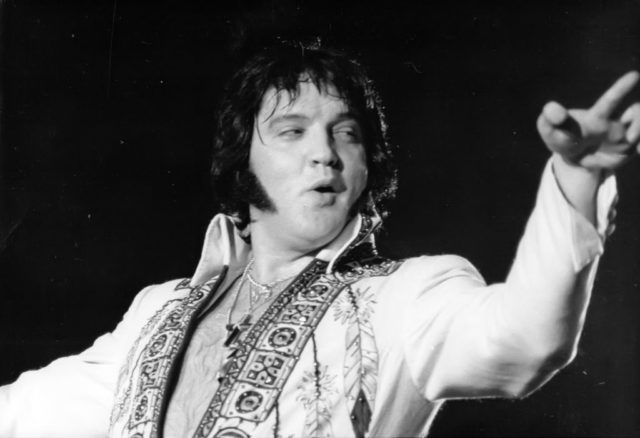
A year before his death, nearly every sighting of Elvis was accompanied by a peculiar necklace he wore every day. He had the piece made to contain three necklaces: a cross, the Star of David, and the Hebrew symbol “chai,” meaning “life.” According to Graceland’s vice president of archives and exhibits, the King wore the necklaces so he wouldn’t be “left out of heaven on a technicality.”
A funeral for the King of Rock n’ Roll was held at Graceland two days after his death. Thousands of fans flock to Graceland’s meditation garden, Elvis’ final resting place. Presley’s legacy lives on in his music, and in his family who still support his legacy in any way they can.
More from us: Inside Elvis Presley and Ann-Margret’s Year-Long Love Affair
Even though they divorced in 1973, Priscilla Presley has transformed the home of her ex-husband into a world-renowned attraction at Graceland, which is visited by more people each year than the White House.
